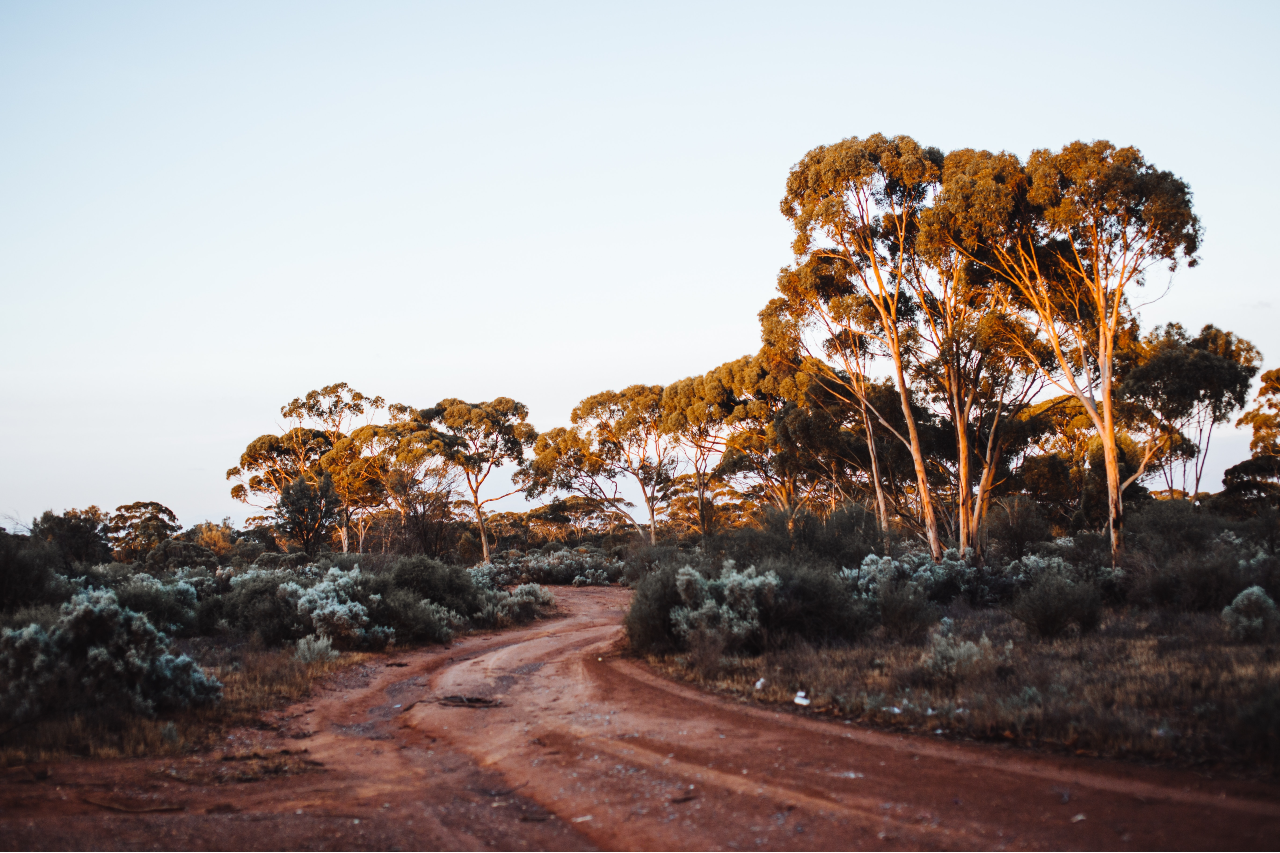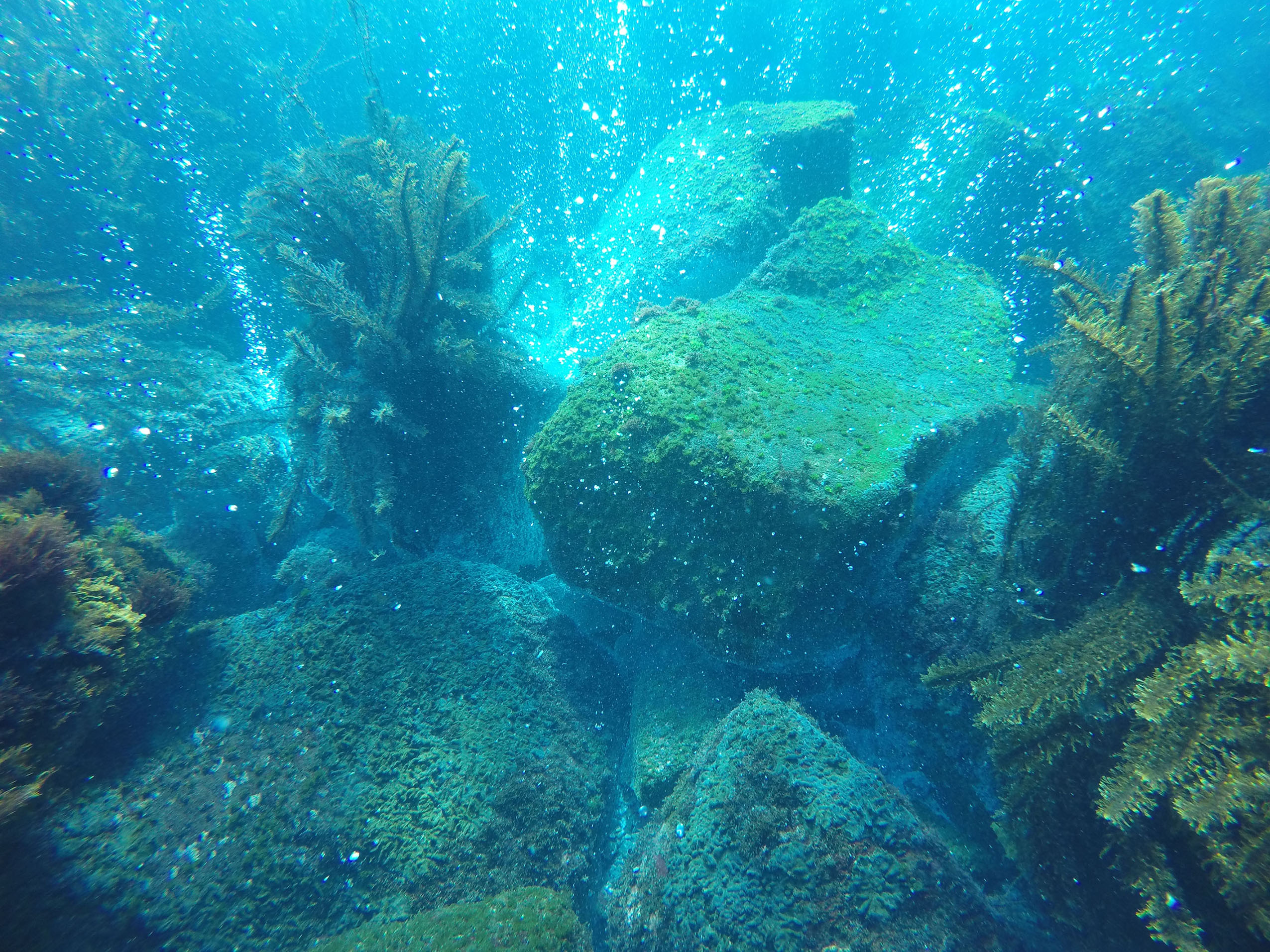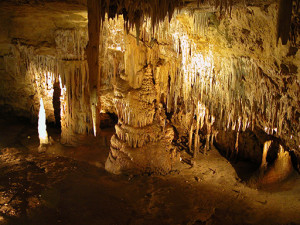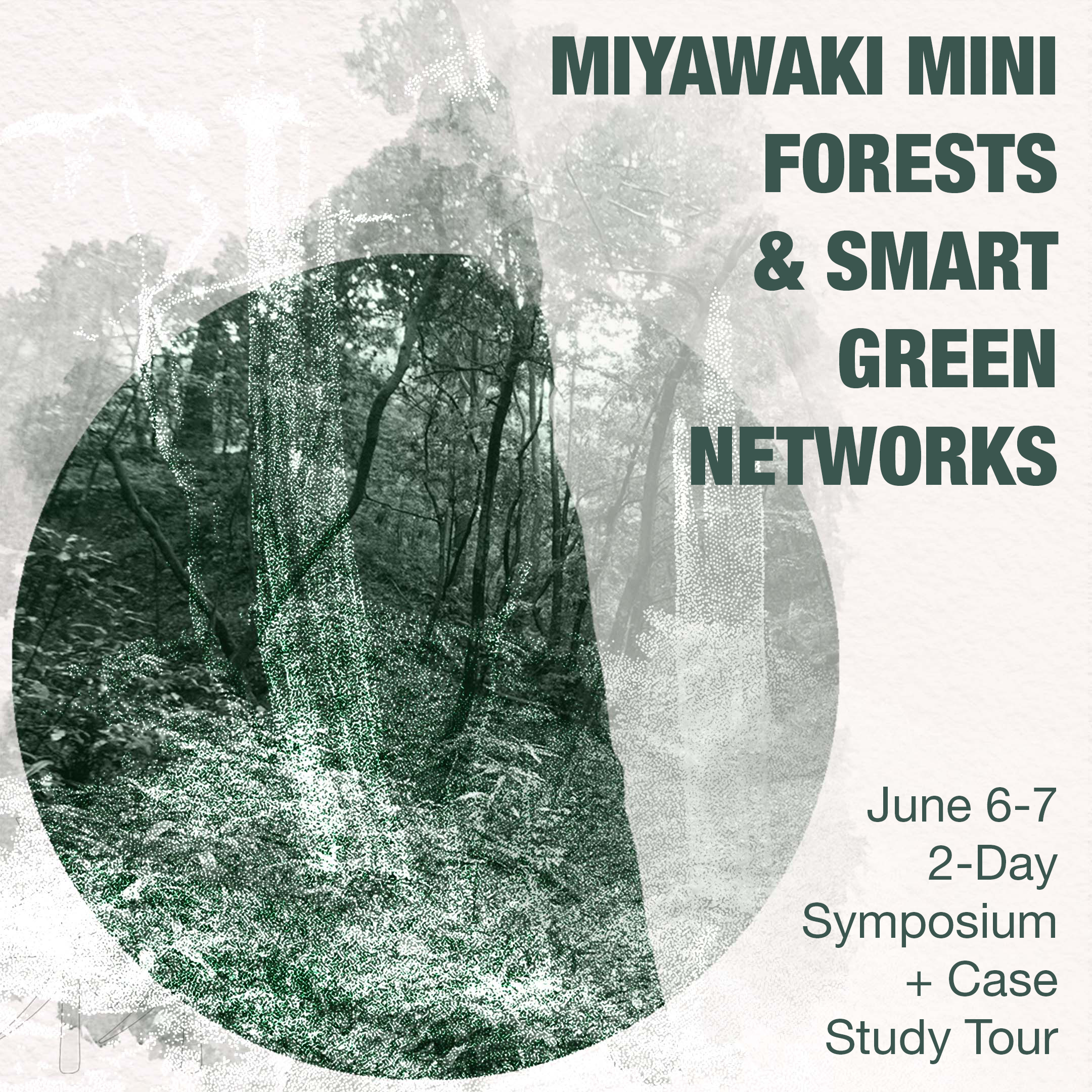BLOGS WEBSITE
TAG: biodiversity
The true damage of invasive alien species was just revealed in a landmark report. Here’s how we must act.
Invasive alien species are driving biodiversity loss and extinctions in every country, all over the world. Responding to the challenge, the United Nations is today releasing the first global assessment of invasive alien species and their control. It comes from the Intergovernmental Science-Policy Platform on Biodiversity and Ecosystem Services (IPBES), which represents almost 140 member […]
Comments Off on The true damage of invasive alien species was just revealed in a landmark report. Here’s how we must act.
National Science Week: What is the value of the urban forest?
Are you looking for a fun event during National Science Week? Environment Institute is excited to be supporting a fun and informative workshop on the value of trees. Come along to an interactive workshop that will help the community understand the value of trees, particularly in urban settings by encouraging participants to consider what makes […]
Comments Off on National Science Week: What is the value of the urban forest?
Possingham Supplementary Scholarship receipient announced
Congratulations to Charlotte Lassaline on receiving the Possingham Supplementary Scholarship. Australia’s natural environment is under extreme anthropogenic pressure. Along with the unprecedented effects of habitat destruction, pollution, and climate change, Australian biodiversity and natural resources are threatened by the harvesting, exploitation, and commercial exchange of wildlife (i.e., wildlife trade). Wildlife trade leads to the overexploitation of […]
Comments Off on Possingham Supplementary Scholarship receipient announced
Desert “time capsules” of biodiversity support ancient, but at-risk, fauna
The Great Artesian Basin (GAB) spans almost a quarter of Australia’s landmass and is one of the largest underground freshwater sources on Earth. Basin water is concealed from the outside world by a layer of impermeable rock, but at the margins of the GAB, this layer is thinnest and allows water to seep above ground […]
Comments Off on Desert “time capsules” of biodiversity support ancient, but at-risk, fauna
New Biodiversity Council to Fight the Extinction Crisis
The biodiversity crisis is resulting in catastrophic declines in the unique plants, animals, and ecosystems of megadiverse Australia. This biodiversity underpins our economy, food systems, water and health, as well as our culture and identity. There is a pressing need for policy and industry response to the crisis to be rapid and underpinned by evidence […]
Comments Off on New Biodiversity Council to Fight the Extinction Crisis
Changes in marine ecosystems going undetected
Existing ways of calculating biodiversity dynamics are not very effective in detecting wholesale species community change due to the effects of ocean acidification. University of Adelaide research shows that in cases where biodiversity metrics show no change or little change, there may still be reorganisation of ecological communities in our oceans. “The belief that climate […]
Comments Off on Changes in marine ecosystems going undetected
Study finds famous Australian caves are up to 500,000 years older than we thought – and it could help explain a megafauna mystery
South Australia’s Naracoorte Caves is one of the world’s best fossil sites, containing a record spanning more than half a million years. Among the remains preserved in layers of sand are the bones of many iconic Australian megafauna species that became extinct between 48,000 and 37,000 years ago. The reasons for the demise of these […]
Comments Off on Study finds famous Australian caves are up to 500,000 years older than we thought – and it could help explain a megafauna mystery
Ocean warming threatens richest marine biodiversity
An international team of scientists led by researchers from the University of Adelaide has revealed that rates of future warming threaten marine life in more than 70 per cent of the most biodiverse-rich areas of Earth’s oceans. “Our research shows that locations with exceptionally high marine biodiversity are the most exposed to future oceanic warming, […]
Comments Off on Ocean warming threatens richest marine biodiversity
Event: Miyawaki Mini Forests & Smart Green Networks Symposium – 6-7 June
Small community forest patches are being planted in cities around the world to address the global biodiversity and climate crises and to bring people together to celebrate human-nature connections. Many of these have been inspired by a Japanese concept known as the Miyawaki Method of forestry or Miyawaki Miniforests. A two-day symposium will be held […]
Comments Off on Event: Miyawaki Mini Forests & Smart Green Networks Symposium – 6-7 June
Taking stock: a survey of genetic resources in Australasia
Eucalyptus, Acacia, Melaleuca, Macadamia. Even if you’ve never set foot in Australia, you’ve probably heard of these plant genera. That’s because these plants are not only valuable for their inherent beauty and ecosystem services, but also as natural resources that are harvested and exported at a global scale. Australasia has a wealth of new and […]
Comments Off on Taking stock: a survey of genetic resources in Australasia











